LifeStyle
What Do Outstanding Luxury Briefcase Brands Have In Common?
Luxury is as much about the quality of construction as it is about the materials used.
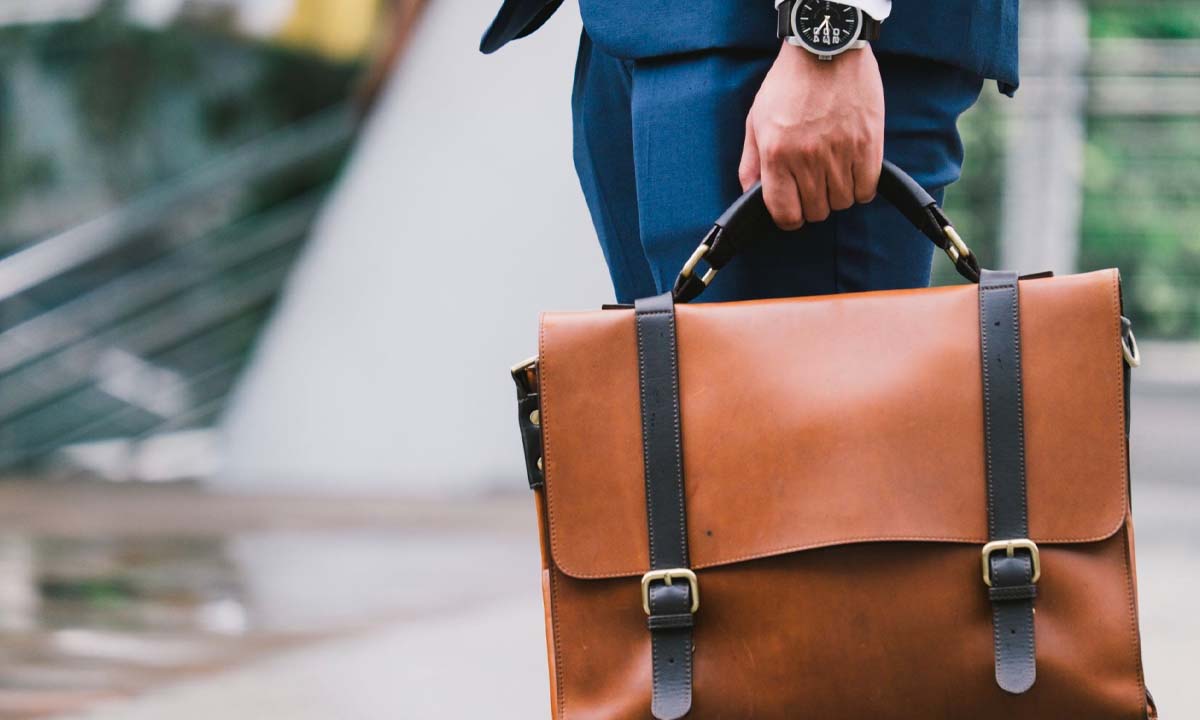
When it comes to luxury accessories, particularly briefcases, discerning consumers often expect certain qualities and characteristics that set these products apart from their more average counterparts.
From superior craftsmanship to exceptional design, luxury briefcase brands represent the pinnacle of quality, elegance, and functionality. This article explores what makes these brands stand out, detailing the common traits that define them.
1. Quality Of Material
One of the defining attributes of luxury briefcase brands is the quality of materials they use. Premium full-grain or top-grain leather is typically the material of choice.
Full-grain leather is the highest quality leather available, including all the natural grain. Top-grain leather, on the other hand, is slightly thinner, but it retains a high level of quality and durability.
These luxurious materials lend a distinct feel and longevity to the briefcase, exuding elegance and class with each use. The texture, the smell, and the way the leather ages gracefully over time, adding to its charm and character, is a true hallmark of luxury.
Further complementing the leather are other elements, such as the hardware. Luxury brands often use premium metals like brass, titanium, or sometimes even gold for their locks, zippers, and buckles, providing a harmonious blend of durability and aesthetic appeal.
High-quality interior lining materials such as silk or suede are also common, adding a touch of luxury to every opening of the briefcase.
Now, a great example of a brand that promises and delivers good quality bags is Von Baer.
Von Baer
Von Baer are a luxury briefcase brand that sells exclusively handmade, full grain Italian leather briefcases.
No.1 from Von Baer
Their range includes more traditional briefcase styles (like the pictured No.1), as well as more modern and relaxed leather laptop bags. Their focus is on quality, and you will feel that once you open your bag. Find them at Vonbaer.com.
2. Craftsmanship
Luxury is as much about the quality of construction as it is about the materials used. The craftsmanship involved in creating a luxury briefcase is unparalleled, often involving significant handiwork and hours of meticulous labor.
Many luxury brands have a rich heritage and a long history of skilled artisans. These artisans, often trained through generations, possess a unique set of skills to craft these luxury products, reflecting a profound commitment to quality and detail.
Every stitch, cut, and seam is given careful attention. The stitching is often done by hand, with consistency and precision that machines can’t replicate. This level of craftsmanship ensures that the briefcase not only looks and feels luxurious but also holds up under the rigors of daily use.
3. Design
Design plays a critical role in the luxury briefcase realm. Luxury brands aim for designs that are classic, timeless, and elegant, with a subtle touch of modernity. A balance between aesthetics and functionality is key to creating pieces that are as practical as they are beautiful.

Attention to detail is paramount in luxury design. Everything from the placement of pockets and compartments to the choice of hardware is meticulously planned and executed. Luxury briefcase designs often transcend fleeting fashion trends, offering a unique blend of the old and the new that remains relevant and stylish throughout the years.
4. Brand Reputation
A strong brand reputation signifies reliability, quality, and prestige, often built over decades or even centuries of consistent performance and customer satisfaction. Luxury brands are associated with exclusivity, and owning a product from them often serves as a status symbol.
Luxury brands consistently deliver high-quality products that meet and often exceed customer expectations, thereby enhancing their brand value and customer loyalty.
5. Durability
Durability is an essential feature of luxury briefcases. Products from luxury brands are designed to withstand the test of time, often becoming heirlooms passed down through generations. The combination of top-notch materials and superior craftsmanship contributes to their longevity.
A luxury briefcase is an investment. Over the years, it develops a patina—a soft sheen that develops on the surface of the leather, adding to its allure. This patina, coupled with the robust construction of the briefcase, ensures that the product ages gracefully.
6. Price
Price is a defining characteristic of luxury briefcases. The use of premium materials, handcrafted details, personalized services, and the brand’s reputation all contribute to a higher price point. While these products are undoubtedly expensive, the price is often justified by the quality, durability, and prestige they offer.
High prices also often equate to exclusivity. signifying a certain level of success and refinement.
7. Innovation
Despite their often long and storied histories, luxury briefcase brands understand the need to innovate and adapt to changing consumer preferences and technological advancements.
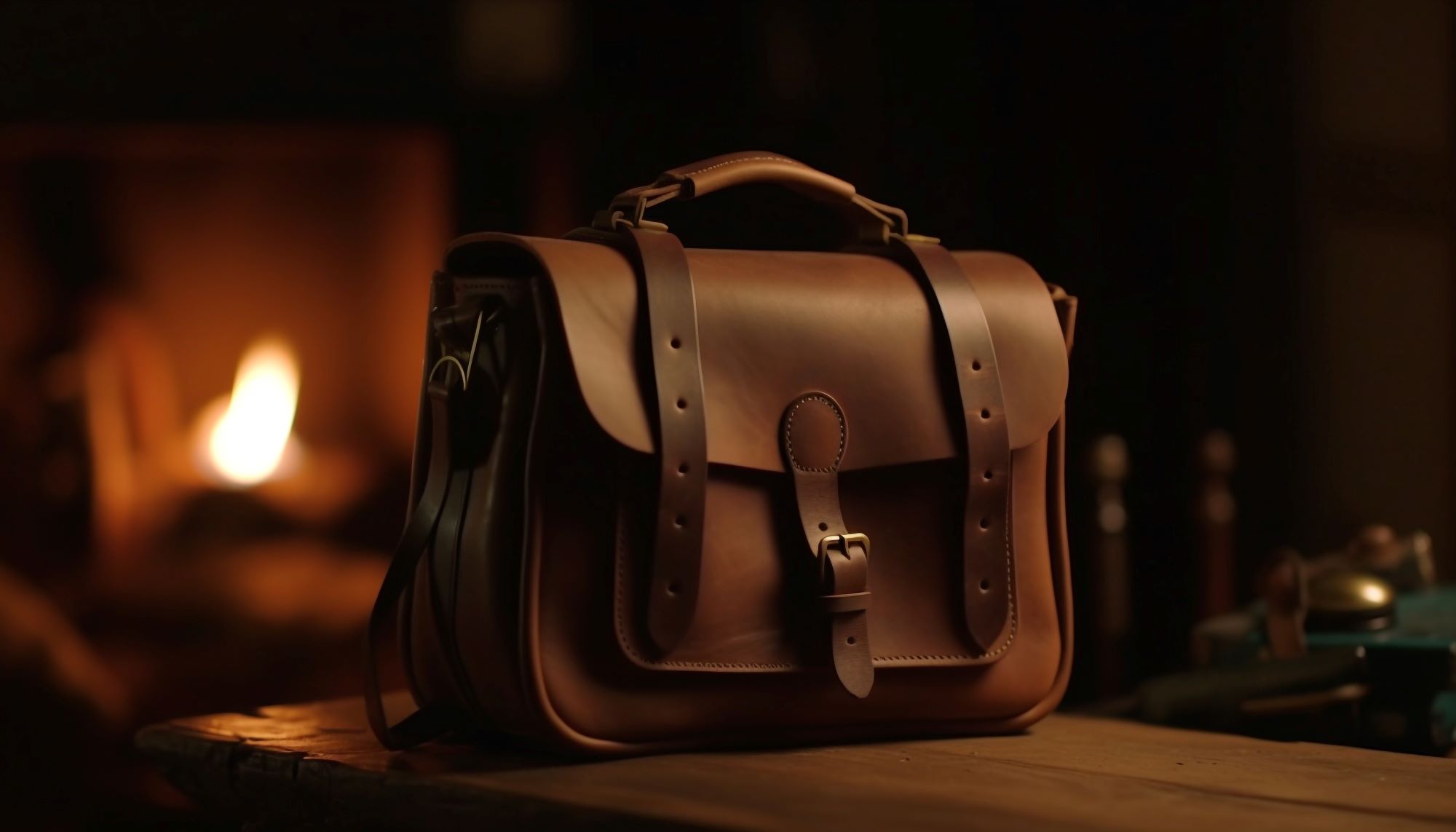
This can include incorporating tech-friendly features such as laptop compartments, cable holes, or RFID protection. Some luxury brands have also embraced digital innovation, offering augmented reality experiences or online customization options.
8. Sustainability
As consumers become increasingly conscious of their environmental impact, luxury brands have begun to prioritize sustainability. This includes using responsibly sourced materials, reducing carbon emissions in production processes, and developing durable products that reduce the need for replacement.
While luxury brands must balance the demand for high-quality materials with sustainability, many are rising to the challenge. Initiatives include using vegetable-tanned leathers, ensuring ethical supply chains, and reducing waste in production processes.
The Takeaway
While luxury briefcase brands have uniquely different characteristics and selling points, they all share common features that define their status in the luxury market.
It’s the combination of quality materials, superior craftsmanship, timeless design, brand reputation, durability, premium pricing, innovation, and sustainability that truly sets these brands apart.
These shared qualities explain why luxury briefcases continue to be coveted items, not just as functional accessories but as symbols of status, refinement, and taste.
LifeStyle
What Environmental Benefits Do Lab-Grown Diamonds Offer
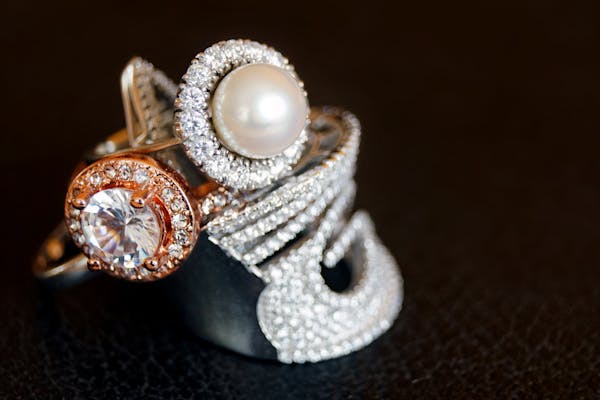
The quality of the global lab-grown diamonds is very nice. They have amazing benefits for the environment. They are not harmful to the environment. Lab-grown diamonds are crucial for environmental sustainability. Nowadays, they are more prominent in international status. Then there is the name of the rare carat. The rare carat is famous for its unique diamonds. The diamonds themselves have major environmental benefits in addition to providing an ethical substitute.
As the name implies, lab diamond that are grown in laboratories are produced in a carefully monitored laboratory setting. These diamonds have been produced with modern science to match the biological, chemical, and optical characteristics of real diamonds.
Utilizing carbon seeds and pre-existing precious stones, this approach grows the precious stones in conditions similar to those in the Earth’s mantle during their natural manufacturing process.
Lab-grown Diamond:
They are as genuine as diamonds that are mined. In short, the only distinction between lab-grown and earth-grown diamonds is the method of creation. They are the same, feel the same, & appear the same when sliced. Gemologists can identify these diamonds based on internal inclusions, even though the average person cannot dissect these stones. Retailers will thus consistently identify their gems as such on their labeling. To add to that, hiding your gems from the public is prohibited.
Function of firms such as RareCarat:
Leading this movement is RareCarat, which offers superior diamonds made in laboratories that adhere to strict environmental and ethical guidelines. Their business procedures and range of products both showcase their dedication to environmentalism.
The impacts of natural diamond extraction on the environment:
It is well known that the underground extraction of diamonds has hurt our surroundings. The process of extraction requires the irreversible devastation of ecosystems and substantial deterioration of the soil due to the widespread elimination of land. The dangerous substances from the drainage channel could harm neighboring water supplies, which is harmful to the inhabitants and the environment. Excessive consumption of energy in mining leads to more greenhouse gas emissions and a decline in the environment.
Implications of Lab-Grown Diamonds for the Environment
The benefits of diamonds that are grown in laboratories include the following:
- Less environmental degradation:
One of the key advantages associated with lab-produced diamonds is a decreased negative environmental impact. Unlike traditional mining, the method for producing lab-grown diamonds does not cause damage to large areas of land. The ability to maintain beautiful scenery is the main benefit.
- Less water use:
Lab-created diamonds use far less water and other sources than their mining cousins. Conventional diamond mining involves massive amounts of soil erosion and subsequent overuse of water and contamination. Nevertheless, the process utilized to create lab-grown diamonds consumes less water, safeguarding this extraordinarily valuable supply.
- Reduced carbon emissions:
Artificially extracted diamonds have a significantly smaller carbon impact than naturally formed stones. The fuel-intensive mining method produces high emissions of nitrogen oxides; however, gems grown in laboratories can be produced from alternate forms of energy, reducing the negative ecological effects.
Renewable Energies in the Production of Lab-Grown Diamonds
Utilizing power from renewable sources
Many of the companies that generate lab-grown diamonds are committed to running their business entirely on renewable energy. Changing to alternative energy sources lowers the release of greenhouse gases and increases global efforts to lessen the negative effects of pollution.
RareCarat Customer Testimonials
RareCarat has set up a name for itself in the worldwide gem business with its cutting-edge platform by offering clients a wonderful shopping experience and top-notch jewels. Customer reviews frequently highlight a few key differences that separate RareCarat from regular retail stores and even similar sellers on the internet.
RareCarat’s devotion to access and pay equality is one of its unique selling points. To help you choose the perfect fit, Rare Carat offers two easy replacements. For an even more real experience, ask for their free ring sizer tool, which is an at-ease band that suits the size of your finger.
Conclusion
Diamonds that are produced in laboratories have several positive environmental effects. Like less surface damage, carbon emissions, water use, etc. RareCarat is a big name in the online world for diamonds. Customers may purchase dazzling quality diamonds while adhering to moral and environmental norms by selecting lab-created diamonds.
LifeStyle
What Makes Rare Carat’s Latest Asscher Cut Diamonds Unmissable?
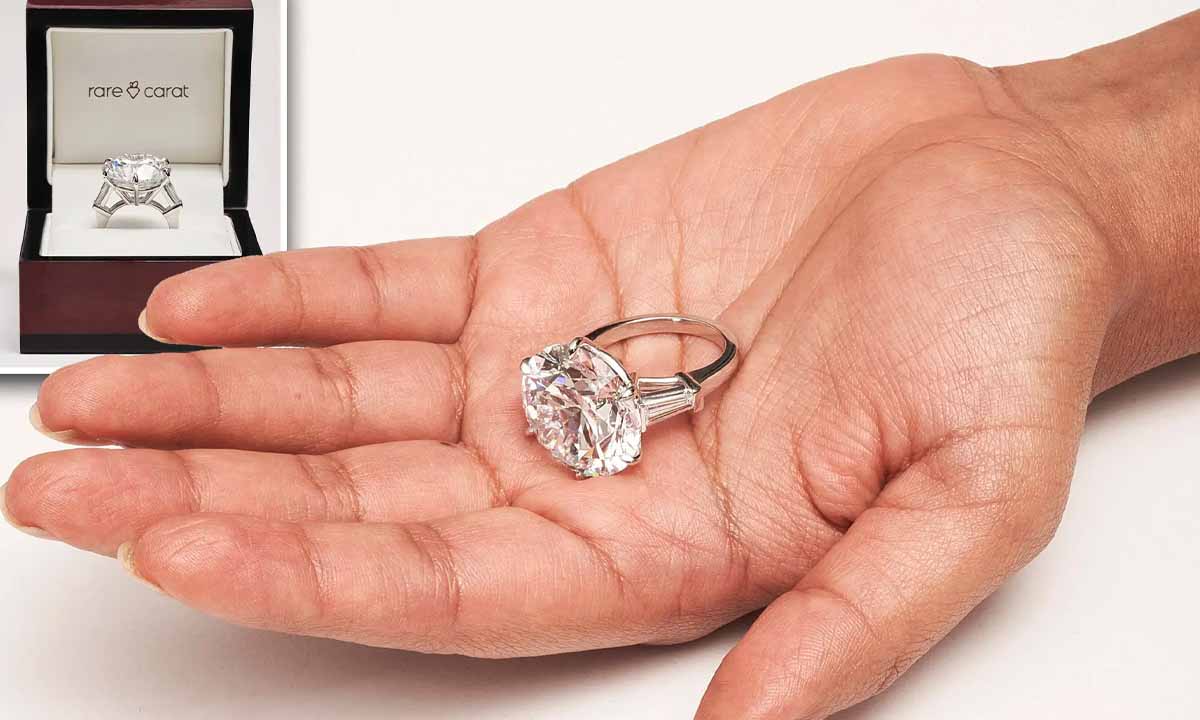
Welcome to Rare Carat, the land of brilliant dreams filled with diamonds. Find out what there is to know about Rare Carat’s newest Asscher cut diamonds if you’re looking for a diamond that stands out for its class and classical beauty. These diamonds serve as an investment in class and flair as opposed to just a simple purchase.
You should buy from Rare Carat Diamonds. Rare Carat is an amazing market. To see all the information, watch this video. The Asscher Brothers of Amsterdam created the Asscher cut, an original diamond form, in 1902. Its 58 facets form an X on its summit, and its square form with cropped corners completes the design.
As a result of its distinctive form, which enhances light reflection and produces a captivating shine, this diamond cut has been in high demand. The Asscher cut is a favorite among people who value unchanging beauty and classic elegance, making it ideal for an event or piece of jewelry. Rare carat diamonds are amazing.
Asscher Cut Diamonds: Unique Features
The distinctive characteristics and grace of Asscher cut diamonds are well known. A closer look at what makes these diamonds so special can be found below:
- Unique Faceting
Large, open facets in a step-cut arrangement running parallel to the girdle define the Asscher cut diamond. This produces a beautiful dance of light and shadow known as the hall-of-mirrors effect. The Asscher’s step-cut gives it a more elegant and subtle shine than brilliant cuts, with a pattern like stars.
- Brilliance and Light Performance
The exceptional light performance of the Asscher cut is one of its most notable features. The cut’s perfect angles and symmetry enable it to brilliantly capture and reflect light. Its brilliance is unique, but it might not have the same fire (colored light) as a round, brilliant cut. The diamond seems to have infinite depth because of the way its facets interact to produce light flashes.
- Timeless Elegance
The Asscher cut has a timeless charm that comes from its exact geometric lines. This cut delivers an elegant simplicity that stays stylish despite changing fashions, rather than depending on fads. It’s a timeless favorite because of its elegant design and modest shine.
Asscher Cut Diamonds: Popularity & Rarity
The Asscher cut’s timeless yet current design is responsible for its broad popularity. Its classic elegance stays intact, while its square shape sets it apart from other diamond designs. In addition, light reflects off the facets more strongly than with other cuts due to its larger table size (the flat surface on top), giving it more sparkle and brilliance than typical round diamonds or palace cuts.
- Excellent Caliber
Rare Carat is well known for its superior craftsmanship and careful attention to detail. Due to their careful craftsmanship, Rare Carat’s Asscher cut diamonds have flawless symmetry and alignment. Achieving the step-cut faceting that defines the Asscher cut and offers the captivating hall-of-mirrors effect needs this level of precision. The hallmark of rare-carat diamonds is clarity. The Asscher cut’s broad, open facets draw attention to the clarity of the diamond, thus, fine stones are vital.
Customer Experience
Rare Carat is devoted to offering exceptional customer service. Their pleasant and well-informed team provides customized help, assisting clients in selecting the ideal Asscher cut diamond to fit their needs and budget. Rare Carat offers a satisfaction guarantee in support of the caliber of its diamonds. Because of their dedication to fulfilling client needs, you can buy jewelry from Rare Carat with confidence, knowing that they will go above and beyond to fulfill your needs.
Asscher Cut Diamonds: Benefits & Advantages
Here’s a comprehensive look at the benefits and advantages of choosing an Asscher cut diamond.
- Distinctive Appearance
- Vintage Charm
- Enhanced Clarity
- Showcasing Purity
- Step-Cut Brilliance
- Timeless Elegance
- Classic Appeal
- Versatility in Design
- Durability and Stability
- Rarity and Exclusivity
Conclusion
The newest Asscher cut diamonds from Rare Carat are just beautiful. A timeless and amazing diamond, they stand out because of their great quality, unique design, unmatched brilliance, ethical sourcing, investment value, and exceptional customer experience. Rare carat diamonds provide unrivaled elegance and value, whether you’re shopping for an engagement ring, a special present, or a new jewel to your jewelry collection.
LifeStyle
Rare Carat: Best Place to Buy Diamond Jewelry

Rare Carat comes as a guiding light in a world where the search for the ideal diamond is often veiled in mystery and complexity, changing the diamond-buying process with its cutting-edge platform. Created with its principles of openness, honesty, and empowerment of clients at its core, Rare Carat has quickly risen to fame in the diamond market, changing the way buyers handle all that’s involved in acquiring one of the most treasured symbols of luxury and love.
Unusual Carat The best unbiased resource in America for diamond engagement ring advice. To help you save money, Rare Carat compares over a million lab-grown and real diamonds at trusted retailers. Free gemological examinations for GIA-certified stones and the 4 Cs Diamond Buying Guide are provided.
A simple yet deep discovery led to the founding of Rare Carat: the diamond market lacked transparency, leaving customers open to deceit and inflated costs. Ajay Anand, the founder of Rare Carat, is a visionary who set out to change this narrative by utilizing technology to provide clients with more options and information. In addition to clarifying the diamond-buying process, Rare Carat’s founding aim was to provide clients with the greatest honesty and trust in their diamond purchase. You should buy from Rare Carat because it’s amazing.
Why choose rare carats?
Here are many things that show the Rare carat is one of the best markets.
- Providing information to empower customers:
The core of Rare Carat’s goal is a commitment to providing customers with thorough information and direction. Rare Carat gathers data from several stores using an easy-to-use platform, making it simple for customers to evaluate attributes, costs, and quality indicators.
Whether looking for a stunning pair of diamond earrings or an aged solitaire engagement ring, Rare Carat guarantees clients the option of a wide range of solutions catered to their tastes and financial capabilities. Sincere comments from other purchasers can be quite helpful. With the help of Rare Carat’s accurate assessments and ratings, you can gain inspiration from other people’s experiences.

- Entire 4 Cs Diamond Purchase Guide
Learning the four Cs of diamonds—cut, clarity, color, and carat weight—is crucial when making a purchase. With the help of Rare Carat’s 4 Cs Diamond Buying Guide, this complicated knowledge is broken down and you can make the best diamond decision. This tutorial is an invaluable tool for anybody seeking jewelry, irrespective of experience level.
- Unmatched Comparison and Selection
With the help of Rare Carat, comparing over a million lab-grown and natural diamonds from reliable sellers makes finding the ideal diamond simple. Thanks to this large selection, you can pick from hundreds of potential diamonds, making it easy to locate the perfect diamond that fits your needs and price range.
- Redefining assurance and trust:
Rare Carat separates itself in a market where credibility matters by stressing openness, sincerity, and morality. Through collaboration with reputable gemological laboratories and respect for stringent quality standards, Rare Carat guarantees the authenticity and identification of each diamond shown on its platform. Customers feel at ease by this dedication to quality control that their items are beautiful, real, and gained responsibly.
- The Prospects for Diamond Purchases:
With Rare Carat’s constant creativity and product expansion, buying diamonds appears to have a brighter and easier-to-attain future than it has in the past. Rare Carat has transformed the diamond purchasing experience through encouraging openness, honesty, and consumer empowerment. It has also raised the bar for ethical business practices in the sector.
Rare Carat is well-positioned to lead the way as more customers embrace the ability and convenience of online diamond shopping, shaping the industry for future generations. Go to www.rarecart.com to learn more and to begin your diamond quest. Unlock some of your diamond dreams and discover the rare-carat difference.
Conclusion
Finally, the amazing tale of Rare Carat highlights how innovation and technology can completely alter established sectors. By putting customers first and emphasizing honesty, morality, and sustainability, Rare Carat has upended the diamond market and given countless people the confidence and practice to make smart choices. There are many prospects for the future of diamond purchasing as Llongas Rare Carat keeps showing the way toward a more ethical, transparent, and sustainable diamond company.
-
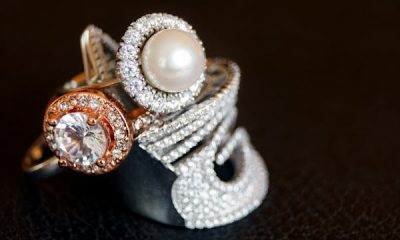
 LifeStyle1 week ago
LifeStyle1 week agoWhat Environmental Benefits Do Lab-Grown Diamonds Offer
-

 Popular1 week ago
Popular1 week agoIs Deceased Actress Shelley Duvall Related To Robert Duvall?
-
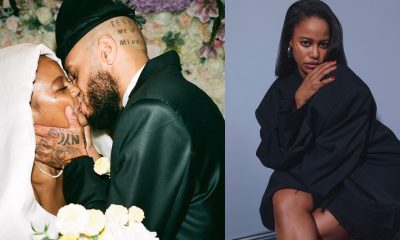
 Celebrity1 week ago
Celebrity1 week agoMeet Rivington Starchild – Actress Taylour Paige’s Husband
-

 Fashion1 week ago
Fashion1 week agoRare Carat: Best Place to Buy Diamond Ring
-

 Digital1 week ago
Digital1 week agoBest Usenet Newsgroups for Entertainment and Celebrities
-

 Sports6 days ago
Sports6 days agoBronny James: Paving His Own Way In His Father’s Footsteps
-

 Relationship3 days ago
Relationship3 days agoRichard Gadd’s Controversial Romance with Actress Auditioning for ‘Baby Reindeer’
